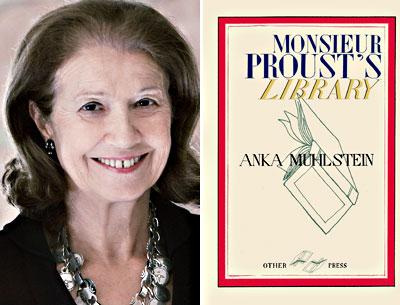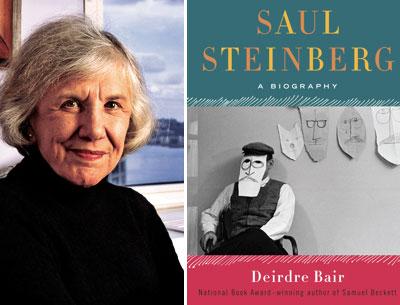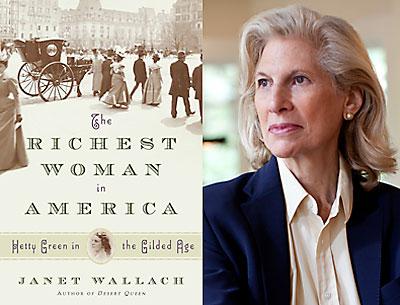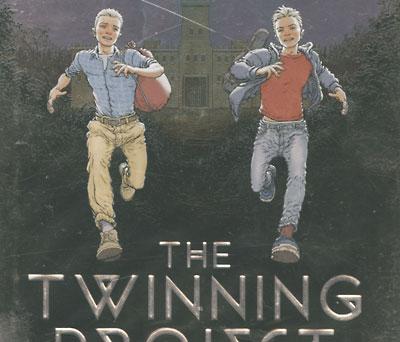Book Markers 04.11.13
Book Markers 04.11.13
Poets Laureate, Ho!
National Poetry Month: Get it while you can, versification fans. At Canio’s Books in Sag Harbor, to name one outlet, a couple of county poets laureate, Ed Stever of Suffolk and Linda Opyr of Nassau, will step to a lectern or its approximation to read starting at 5 p.m. on Saturday.
Mr. Stever, an adjunct professor of English at Suffolk Community College, is a past Pushcart Prize nominee and winner of an Emerging Writers Award from the SoHo Arts Festival. His collections include “Propulsion” and “Transparency,” from Writers Ink Press. Ms. Opyr’s work has appeared in The New York Times and The Hudson Review. Her latest volume of poems is “The Ragged Cedar.”
What’s more, you may want to take heed of Canio’s Earth Day celebration on April 20 at 5 p.m., as a call has gone out for readers of “short selections of poetry or prose that express concern for the Earth” — your own work or someone else’s. Details of an essay contest (theme: environmental awareness) will be announced then, too.
Shades of the Green Mill
The Parrish Art Museum in Water Mill is doing something a bit different for the officially sanctioned National Poetry Month: a Sub 30 Poetry Slam that starts at 6 p.m. tomorrow in the Lichtenstein Theater. The “Sub 30” part refers to age, and the poets in this competition, from 21 to 29 years old, have submitted work on the theme of “my generation.” The 12 finalists will read, and the audience will judge. The winner gets $100.
Tickets cost $10, and are free for museum members, children, and students. Reservations can be made in advance online at parrishart.org.
Life Without The New Yorker: Worth It?
In case you’ve missed it, writers and editors of some consequence have lately been schlepping up a flight of stairs to the Radio Lounge in Chancellors Hall on the (yes, still active) campus of Stony Brook Southampton. This week, for the M.F.A. program’s Writers Speak series, on Wednesday at 7 p.m., it’s Deborah Treisman, fiction editor of The New Yorker, interviewed by someone who once held that position, the college’s own Daniel Menaker. Ms. Treisman won the 2012 Maxwell Perkins Award for achievement in the field of fiction, and has been an editor at Harper’s and The New York Review of Books.
But wait, we can’t leave without one more nod to the poets: Monday is the early acceptance deadline for the July 10 to July 28 Southampton Writers Conference, which offers classes with top-shelf poets such as Grace Schulman and Billy Collins. More information is on the college’s Web site, stonybrook.edu/sb/southampton.






